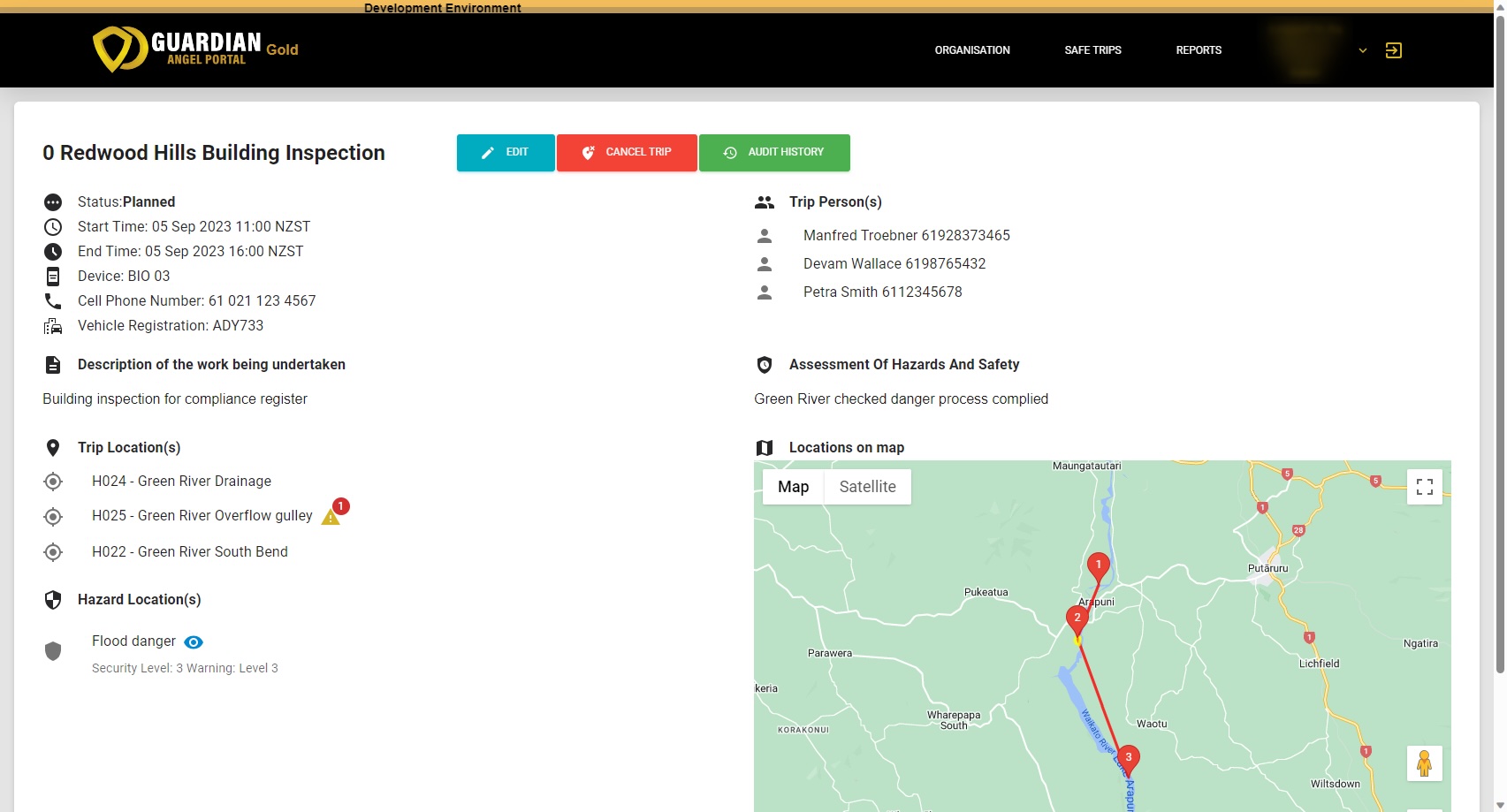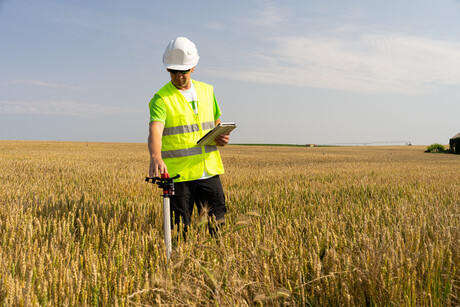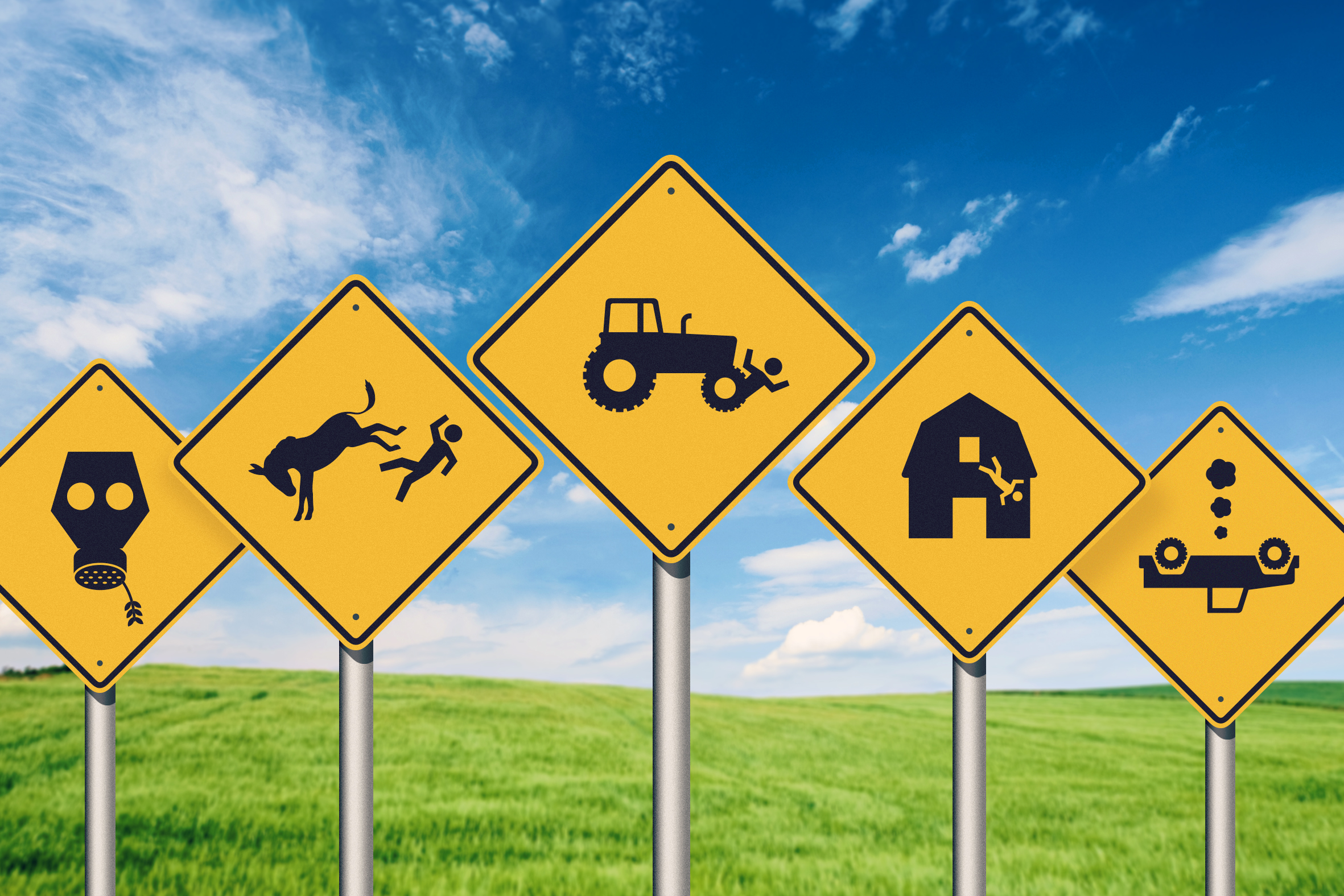Many organisations employ workers who carry out their duties remotely or in isolation. Any safety issue these workers encounter — be it a car accident, medical event or an accident with machinery, water or working at a height — can escalate very quickly without good safety practices and technology in place to help with an immediate emergency response. Lone and remote worker safety expert PETRA HAKANSSON, CEO of Guardian Angel Safety, speaks with Safety Solutions about how organisations can adopt new practices and technology to improve the safety of workers.
How does technology help improve the safety outcomes of isolated and remote workers?
It removes too much reliance on humans remembering to check in or noticing someone has failed to check in. Technology will automate things like welfare checks and monitor geo-fenced areas. It will also protect staff from being responsible for each other and potentially having to respond to a serious incident involving a colleague, which could expose them to significant psychosocial harm. Technology alerts such as failed welfare checks, SOS, help, etc can be automatically sent to a professional provider to respond.
What should an organisation look for when selecting a lone-worker solution or provider?
I’d recommend a holistic provider who can assist with identifying the best fit-for-purpose solution for your particular risk. It may be that the best solution is to use a mix of technology and gadgets/devices. Your provider needs to be able to commission devices, train users (including refresher training down the track), provide supporting software to manage and connect devices, store all your user data, perform frequent testing and reporting, and provide 24/7 monitoring and response.
How can organisations identify an effective isolated worker management solution?
The starting point is a risk assessment to better understand lone worker risks for your people and organisation. You’ll need to consider what tasks people undertake and how they do them, ie, do they work at height, in a confined space, with animals or unknown people, or in remote locations with no cell cover?
Is there a suitable solution for organisations with isolated workers inside buildings, where cell cover is not always available?
Yes, there is. Satellites need a view of the sky to locate you, and communications satellite networks like Iridium are the same; they need a view of the sky to transmit any alerts or messages. Some solutions will bridge the pendant worn by the worker to a comms box left in the vehicle (or anywhere outside in view of the sky). Using commercial-grade RF technology, the range is around 2 km (from pendant to comms box). If you can connect your mobile phone to the Wi-Fi network in the building, you can also enable smart routing on some satellite solutions.
Is it enough for an organisation to use personal locator beacons (PLBs) for staff outside of cell cover?
It depends on what you are looking for from a safety solution. Suppose more enhanced features, such as two-way communications, welfare checks, geo-fencing and visibility on a map of where your team are so you can communicate and coordinate, are NOT part of your requirement. In that case, the PLB or EPIRB may be adequate for you. The HSWA clearly states that a PCBU must provide “effective works of communication”. How that is interpreted is less clear.
Will a lone worker app work through screen lock?
There are dozens of lone worker apps on the market. You can pair some apps with a Bluetooth button, which will sometimes (not always) work past the screen lock, provided the app is launched and running in the background. Similarly, some apps with a “shake to raise alarm” feature will work past screen lock. You need to get the supplier’s written verification on this and thoroughly try it before buying. Ultimately, users and how they utilise their mobile phones will affect the reliability of any solution.
Do lone worker apps drain the battery on a mobile phone?
Yes, it will drain faster. How much faster depends on the phone’s age and model, the phone’s day-to-day use, the phone, the historical use of the phone, the particular lone worker app in use, how optimised it is and where you are. For example, if you’re inside, the satellite must work harder to find you. If you leave navigation maps running on your phone with a destination location set all day, you’ll know how fast it might drain.
Some organisations may prefer a small keyring size or ID badge-style duress pendant. What do they need to know?
How long will the battery last with constant tracking? If your workers enter buildings, you want the tracking updates (sending updated locations to mapping software to locate them if they’re in trouble) set to at least three minutes. We prefer one-minute updates. Because satellites can’t see you inside a building, we can see the breadcrumb trail and figure out where you are. Many pendant manufacturers state three days or 100 hours, but it’s based on the location, only being sent when the alarm is activated. This is no good if you’re inside a building. Ask what the frequency of location sending is. Satellites are always tracking, but we need the location actually to be sent somewhere in order to see it.
Another important question is, “Is it SAR tested?” You must know it’s safe for your workers to wear all day. Ask for the lab certificate. GPS devices are communicating with the satellites constantly, omitting radio frequencies, so you need to know it’s at a safe level. Most ID-style badges are worn on the chest, and it is not safe for constant transmission when it’s sitting on this part of the body. They typically also don’t have the battery life to frequently track anyway.
When Starlink launches its comms service with mobile phones, will satellite-connected devices be needed anymore?
It will be many years before the Starlink network has enough satellites to create a reliable network with no black spots. The last testing case I read showed the average send time on the network was around 30 minutes. And there will not be constant tracking, as you’re still dealing with a mobile phone whose battery will drain, and the more sophisticated features like welfare checks or visibility will no longer be available. The same goes for the iPhone with a satellite connection for the emergency button. It’s not for communication; it’s only for emergency calls and needs line of sight. We’re still a few years away from Starlink or iPhone being reliable safety tools.
If an organisation has GPS solutions in the vehicles, is that enough?
Only if you’re solely concerned with the safety of your vehicle and the person while they’re in it. And only if it has rollover, impact alerts and an SOS button. But even then, most vehicle solutions rely on cell cover to transmit location and alerts, so it won’t transmit if the vehicle leaves cell cover. The breadcrumb trail and alerts you see when you log onto your vehicle solution interface are often not live. It collects and stores the data when the vehicle can’t connect to the cell cover and then uploads it when cell cover is available once more.
There are solutions which can be Iridium-connected, so if you’re looking at that, make sure you also have a way to communicate with your worker in the vehicle. If you get an impact alert, for instance, you want to be able to verify that it’s not just harsh driving on a bumpy road. Otherwise, you will have to treat it like a real incident and send help, which could potentially waste valuable resources. And, of course, you still have no protection for the worker once they’re outside the vehicle. It all depends on what your safety priorities are. Some organisations use Garmin satellite communicators allocated to vehicles, so that they know without a doubt that their staff have communications and the ability to raise help no matter where they are.
How should organisations evaluate which remote worker solution is right for them?
Many larger companies end up with a solution that includes apps, cell-based wearable devices, satellite wearable devices, etc. And don’t forget to ask your potential supplier many questions about the key deliverables for a solution to be safe: where does the alert get sent to, and how? If it’s reliant on electronic messaging such as email or SMS, it’s not best practice. Is the monitoring station graded? Do you get to test your solution every month? How are the operators trained, and what process do they follow? Can you tailor the response instructions to suit each team/worker? Where is all the user and response instructions data stored? Is this secure? Is it easy to maintain? Who maintains it? What reporting can you get?
It’s a big investment in terms of time and money to get the best solution in place. Your supplier should be collaborative and be your industry expert to rely upon and trust. The right solution will deliver the best safety every day, 100%.
Image credit: iStock.com/pmiguel2



